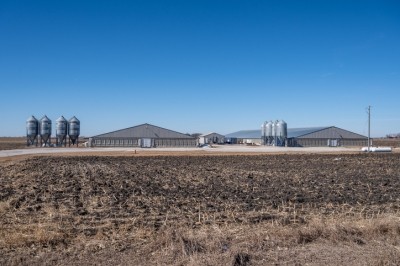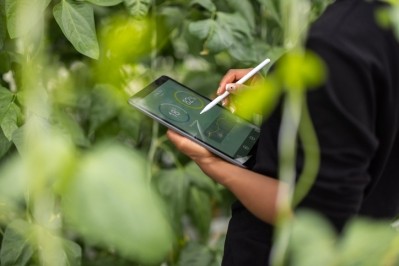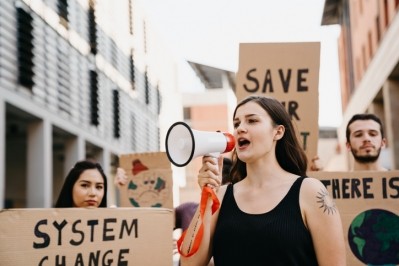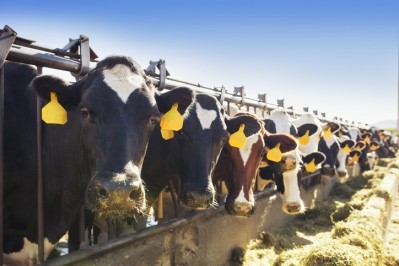‘Climate neutrality is within reach for the US beef and dairy sectors’
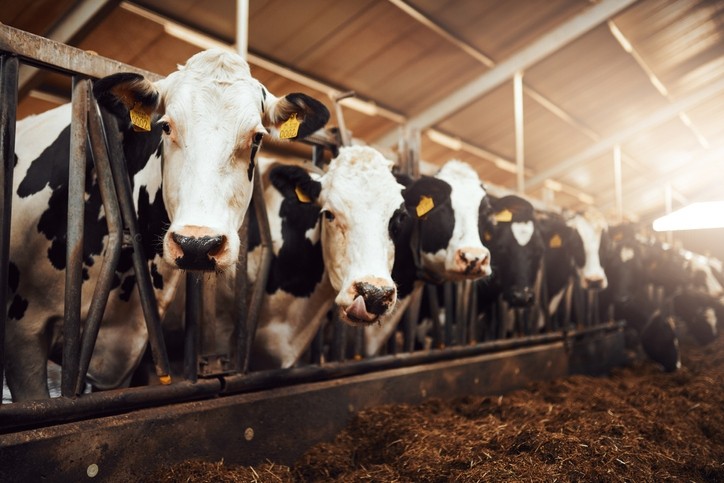
The event, held on July 20, was convened by Dr Frank Mitloehner, director of the CLEAR Center, UC Davis, and Dr Ermias Kebreab, director of the World Food Center, at the same university.
Experts from government, academia, industry, and NGOs were in attendance to tackle the thorny issue of animal-sourced food production and how to reduce the greenhouse gas (GHG) emissions associated with it.
Mitloehner, who is a professor and air quality specialist in Cooperative Extension at UC Davis, commented: “Climate neutrality is within reach for the US beef and dairy sectors, and this type of collaboration and conversation will help us make meaningful progress toward it.”
“I was impressed by the breadth of expertise in this dialogue and the quality of conversations,” said Kebreab, who is also a professor and Sesnon Endowed Chair of Animal Science, as well as the associate dean of global engagement, in the College of Agricultural and Environmental Sciences at UC Davis. “This dialogue will provide valuable input for the UN Food System Summit in the coming months on how the beef and dairy sectors in the US can achieve climate neutrality in the near future.”
The common theme in all of the discussions at the event, they said, was the need for "a systems approach" that takes into account global production of beef and dairy products.
It was agreed that there is a need to see both developed and developing countries make good use of technological improvements in efficiency and mitigation strategies that are incentivized by policy.
It is incumbent on the developed world to bring climate-smart solutions to the developing world in order to meaningfully reduce greenhouse gas emissions from this sector as developing markets are seeing the largest increases in meat and dairy production, said attendees.
There will always be trade-offs when it comes to reducing or offsetting GHG emissions, they noted, and there needs to be continual dialogue with farmers and ranchers, sharing information, as well as getting their input.
Mitigation research
Market incentives like grants and credit markets for GHG reductions are critical to successful adoption of mitigation measures, according to the experts.
Putting research realities into an achievable timeline acknowledges the time it takes to do mitigation research and bring those solutions to market. More research to measure emissions from grazing systems and deeply understand methanogenesis in the rumen is needed, and this kind of research should be funded, not by industry, but governments or non-profits, said attendees.
Public policy can incentivize an acceleration of climate-smart solutions in beef and dairy production to reach climate neutrality, they believe. Critical to all that would be a life-cycle analysis (LCA) of the beef and dairy systems.
Carbon markets
Ultimately, they noted, climate neutrality for the beef and dairy sectors cannot happen without policy and markets for carbon. Programs that allow farmers to sell the energy they make from tools such as dairy biodigesters back to the grid can make the investment in the technology worth the cost.
"Market limitations on biodigester products is one example of impediments to their widespread adoption. Policy can open up markets making mitigation strategies profitable," they said.
Ultimately, what is needed, they said, is engagement from industry and researchers to craft policy that meets both environmental and economic needs.
There are many powerful tools available to reduce methane emissions from livestock such as feed additives, manure management, and animal efficiency, they also noted. While reducing enteric methane emissions is promising it is not the only strategy. In fact, reaching 50% methane reduction will be an uphill battle with feed additives as our only weapon. There is no silver bullet for farmers, said the experts.
It is important to look at the system as a whole and make reductions along the supply chain, at every opportunity, they added. “If we zoom out and look at the whole system, we can begin to identify inefficiencies. We then must communicate these efficiencies to the whole supply chain."
